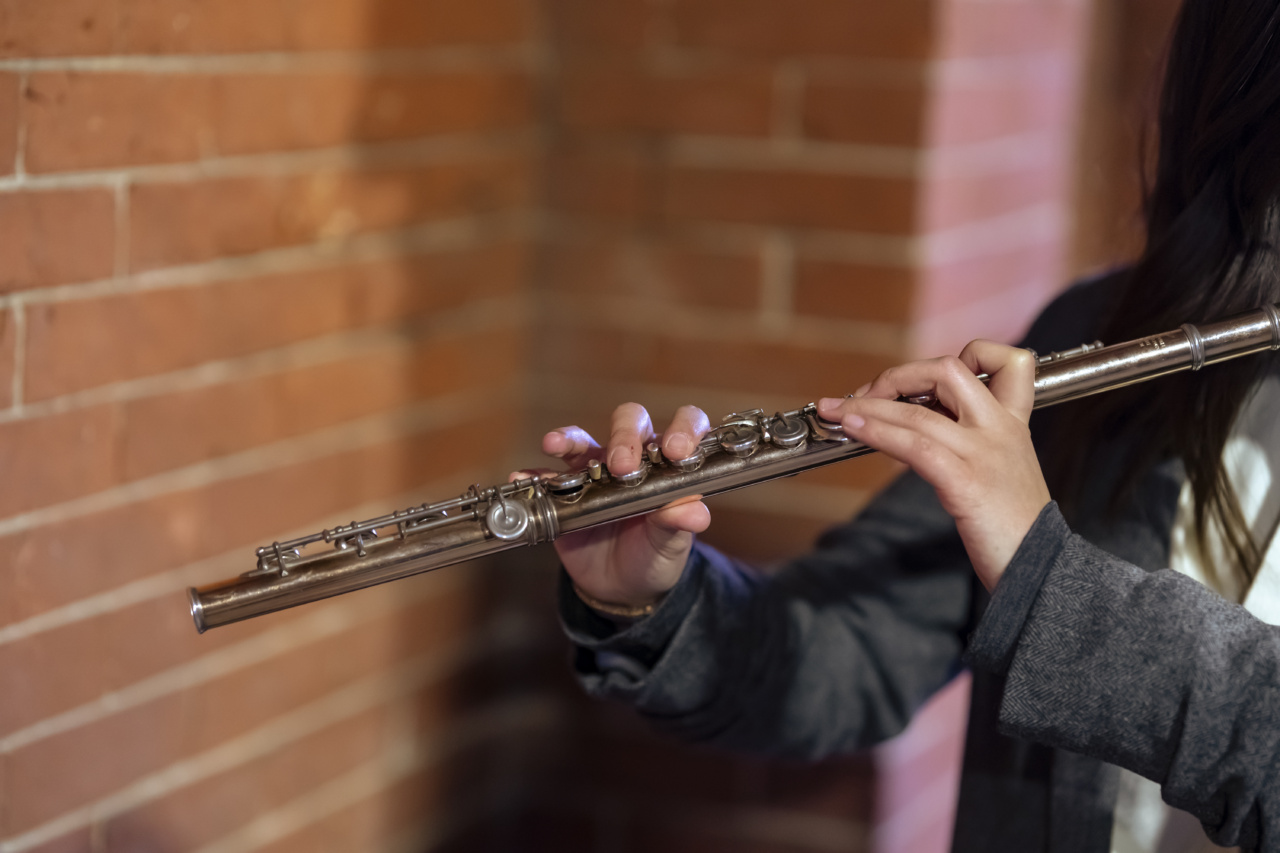The female reproductive system is a complex and intricate system that plays a crucial role in the process of human reproduction.
It is responsible for the production of eggs, the nourishment and protection of a developing fetus, and the birth of a new life. In this article, we will explore the inner workings of the female reproductive system, focusing on the five key players that make it all possible.
The Ovaries
The ovaries are a pair of small, oval-shaped organs located on either side of the uterus. They are the primary reproductive organs in females and are responsible for the production of eggs, also known as ova.
The ovaries also produce two essential hormones, estrogen and progesterone, which regulate the menstrual cycle and play a crucial role during pregnancy.
The Uterus
The uterus, also known as the womb, is a pear-shaped muscular organ located in the pelvis. It is where a fertilized egg implants and develops into a fetus.
The uterus consists of three layers, the innermost layer called the endometrium, which thickens during the menstrual cycle in preparation for pregnancy, the middle layer called the myometrium, which contracts during childbirth, and the outer layer called the perimetrium, which protects and supports the uterus.
The Fallopian Tubes
The fallopian tubes, also known as uterine tubes or oviducts, are two slender tubes that extend from the upper corners of the uterus. These tubes serve as a pathway for the eggs to travel from the ovaries to the uterus.
It is in the fallopian tubes where fertilization usually occurs when sperm meets an egg. The fertilized egg then continues its journey towards the uterus, where it implants and grows into a fetus.
The Cervix
The cervix is the lower narrow part of the uterus that connects to the vagina. It acts as a passageway between these two organs and plays a vital role in childbirth.
During pregnancy, the cervix remains tightly closed, forming a protective barrier to prevent infections and the entry of foreign substances into the uterus. As labor approaches, the cervix gradually softens and begins to dilate, allowing the baby to pass through the birth canal.
The Vagina
The vagina is a muscular canal that extends from the cervix to the external genitalia. It serves as the entry point for sperm during sexual intercourse and also acts as a birth canal during childbirth.
The walls of the vagina are highly elastic, allowing it to stretch during childbirth and then return to its original size and shape.
Conclusion
The inner workings of the female reproductive system involve a delicate balance of several key players. The ovaries, uterus, fallopian tubes, cervix, and vagina all work together to facilitate the process of human reproduction.
Understanding the functions and roles of these structures is not only essential for reproductive health but also for gaining a deeper appreciation of the miraculous journey of life.































